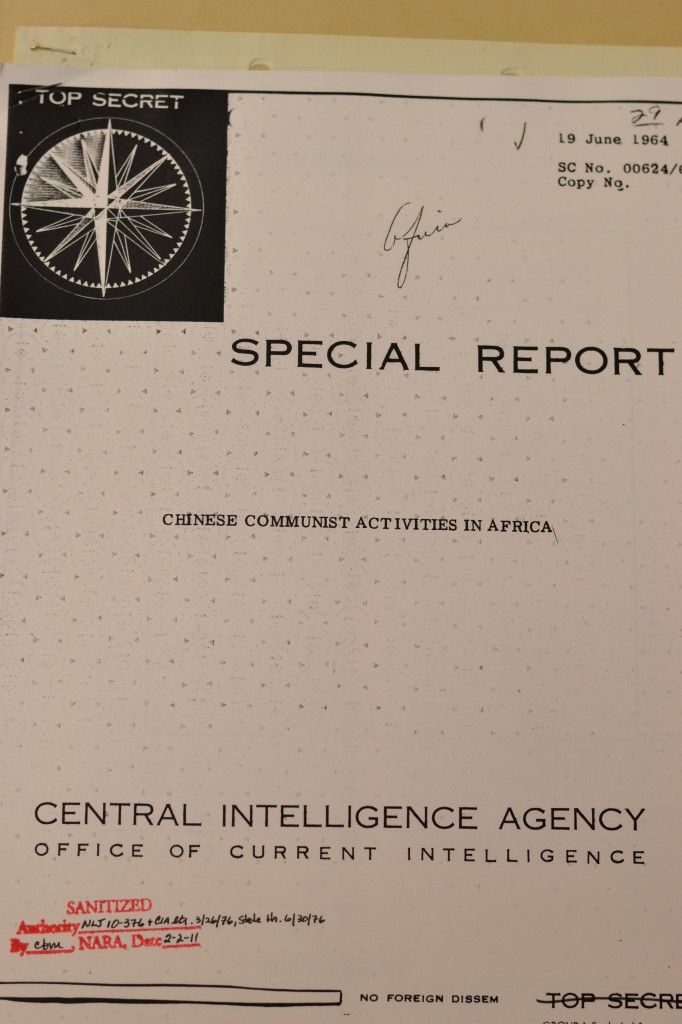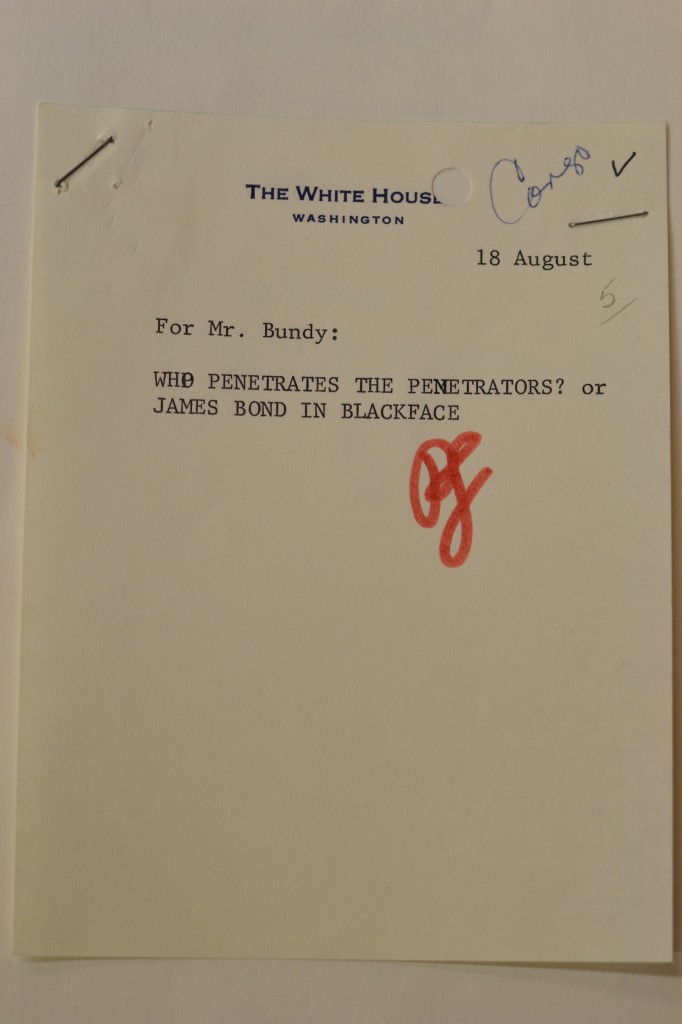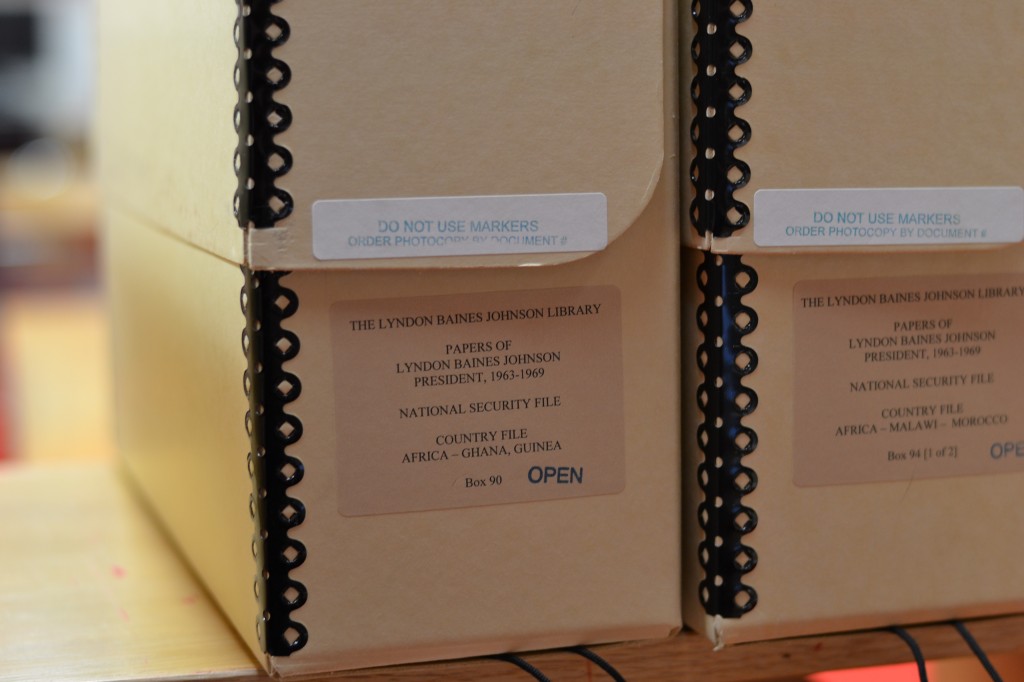Archival research is another of those jobs that some faculty do that isn’t particularly photogenic, like reading secondary literature or doing peer review. At least many scientists have a machine that goes ping or a cage full of fruit flies, not to mention groups of students and postdocs who can assemble for a photo in the lab.
This last research trip was the first time I’d extensively photographed some of the documents I was looking at, though I also took a ton of notes and had some photocopies made. (The photocopies were of long reports where virtually everything in the document is interesting to me, and also that I might want to use in my teaching at some point.)
Archival work is what drew me to history in the first place. There are definitely days that I wish I wasn’t in a field that also has a necessary ethnographic component, because I’d often just as soon stay burrowed deep in a big pile of documents and images and artifacts. It’s the best example I can think of for explaining how some kind of ongoing research experience feeds back into my teaching. It’s not just that it keeps my expertise sharp, but each different archive, each different vein of documents or materials, helps me understand more and more what the relationship is between action (individual and collective) and representation or information, something that’s crucial for explaining to my students about the powers and limitations of classroom knowledge.




I have never though about digging through archives as interesting, however the pictures of the types of things you had access to make me very much want to go through every paper in the box.
Interesting Post.